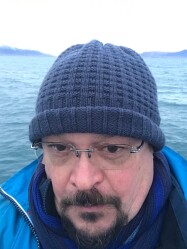BibTex format
@article{Dures:2020:10.1111/acv.12562,
author = {Dures, SG and Carbone, C and Savolainen, V and Maude, G and Gottelli, D},
doi = {10.1111/acv.12562},
journal = {Animal Conservation},
pages = {502--515},
title = {Ecology rather than people restrict gene flow in OkavangoKalahari lions},
url = {http://dx.doi.org/10.1111/acv.12562},
volume = {23},
year = {2020}
}

